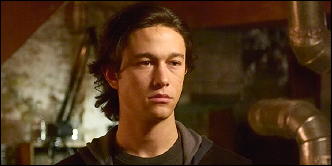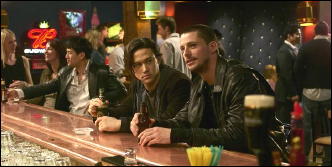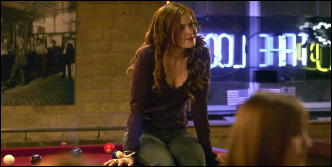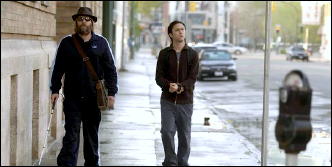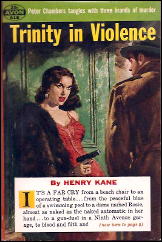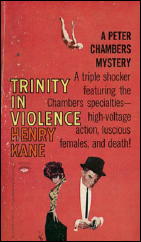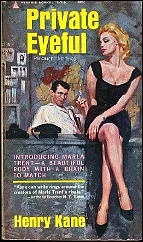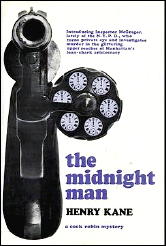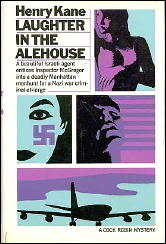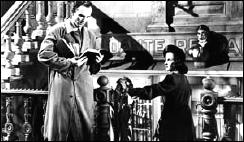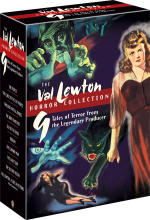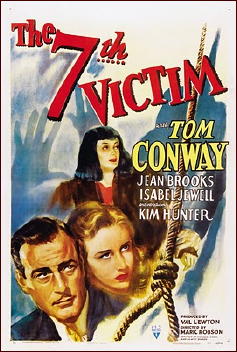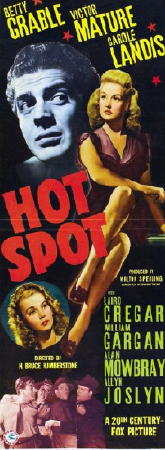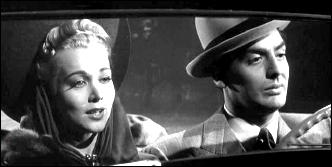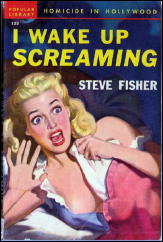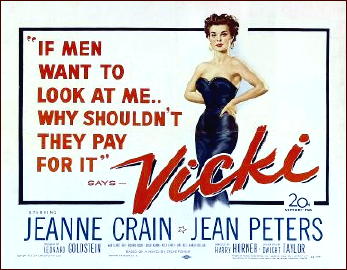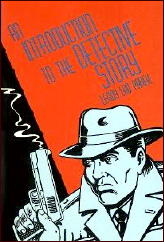Thu 17 Jun 2010
Reviewed by LJ Roberts: ALAN BRADLEY – The Weed That Strings the Hangman’s Bag.
Posted by Steve under Bibliographies, Lists & Checklists , Characters , Reviews[4] Comments
Reviews by L. J. Roberts
ALAN BRADLEY – The Weed That Strings the Hangman’s Bag. Delacorte Press, hardcover, March 2010. Trade paperback: Bantam, December 2010.
Genre: Traditional mystery. Leading character: Flavia de Luce, 2nd in series. Setting: England, 1950s.
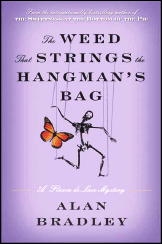
First Sentence: I was lying dead in the churchyard.
Ten-year-old Flavia de Luce is ignored by her father, and continually set upon by her sisters. To compensate, she has her grandfather’s old laboratory, where she indulges her love of chemistry and skill with poisons, her bicycle, Gladys, and her skill at solving puzzles.
In The Weed That Strings Flavia befriends a beloved BBC puppeteer, Rupert Porson, and his “assistant,” who are stranded with a broken-down fan. When Rupert is electrocuted during a performance of “Jack and the Beanstalk,” Flavia knows it was no accident and finds that Rupert’s claims of not knowing anyone in the area were less than truthful.
Flavia de Luce has quickly become one of my favorite characters. At ten years old, she is still a young girl, albeit a brilliant one, with no friends, a father who ignores all his children, and two sisters who continually abuse her, both physically and emotionally.
I was very pleased by a wonderful scene with Flavia’s Aunt Felicity. Flavia has the logic and observation skill of Sherlock Holmes and thinks of everything in terms of their chemical composition.
Flavia is not the only wonderful character, however. Bradley has a gift for creating an ensemble of quirky, yet believable, characters. I particularly enjoy Dogger, the shell-shocked ex-WWII soldier with pre-cognitive abilities; Dieter, the German who became a prisoner of war after being shot down due to the Brontës; and Inspector Hewitt, who takes Flavia seriously and realizes it is through her knowledge and access to people in the town that allowed the case to be solved.
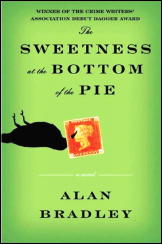
The story is a wonderful blend of science, music, art and literature, and is set at a very interesting time. World War II has ended, yet there are still issues of the aftermath. While television is coming into being, radio is still the prevalent household entertainment.
It is the 1950s, yet the family feels more Victorian than modern. The story builds more slowly than the first book, The Sweetness at the Bottom of the Pie, and employs less humor, although it is still there.
There is quite a long set-up to the murder, but it still has great impact when it happens. It reminds me a bit of Agatha Christie who liked to introduce all the characters in order to provide plenty of suspects prior to the murder.
And, as often with Christie, I certainly did not identify the villain prior to it being revealed. This is not a “young adult” mystery, but a very good mystery whose protagonist happens to be a young adult. I am looking forward to Flavia’s next case.
Rating: Very Good Plus.
The Flavia de Luce Series:
The Sweetness at the Bottom of the Pie (2009)
The Weed that Strings the Hangman’s Bag (2010)
Seeds of Antiquity
A Red Herring Without Mustard
Death in Camera
The Nasty Light of Day
Note: Not all of these have publication dates; it is likely that most have not even been written yet. Source: The Flavia de Luce website.
